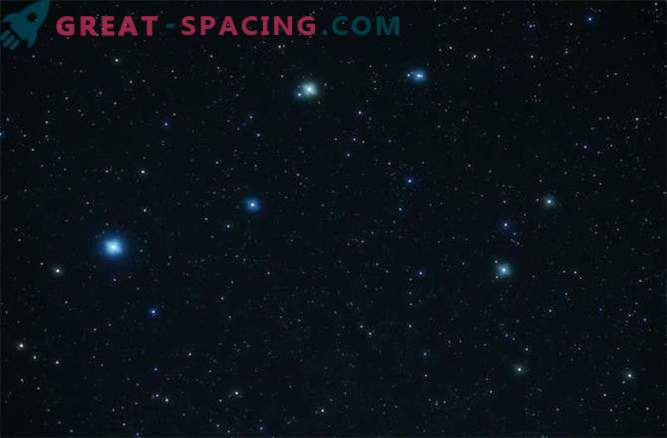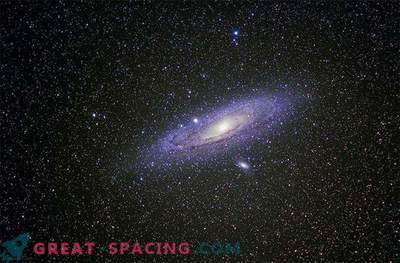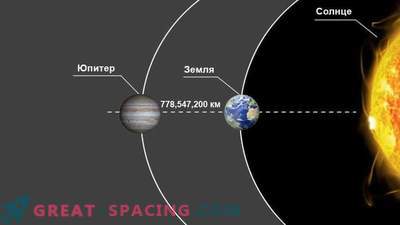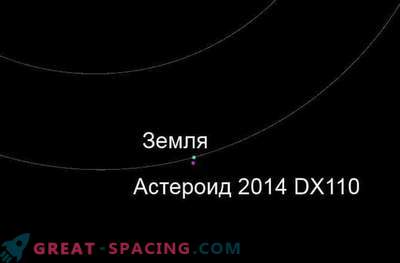
When you look at the night sky, it is easy to forget that it is actually a dynamically changing sphere.
To the casual observer, the stars that are visible today were the same that were visible yesterday and will be about the same in another ten years. But look carefully and you will see evidence that the Universe is changing and evolving right before your eyes.
An excellent example for this will be visible to observers in the northeastern United States on Thursday (March 20) at 2:06 am, when asteroid 163 Erigon passes right in front of Regulus, the brightest star in the constellation Leo.
Such events, which are known as star coverings by asteroids, are not so rare, but the most impressive of them, which can be seen with the naked eye, are less common. Regulus, which is the brightest star near the ecliptic, had already been hidden from our view by the objects of the solar system. The planet Venus darkened the star in 1959, and this event will happen again in 2044. On Thursday, the asteroid 163 Erigon, which is about 72 kilometers (45 miles) wide, will pass directly between the Earth and Regulus, hiding it from our sight.
An asteroid located at a distance of more than 177 million kilometers (110 million miles) from Earth is not currently visible to the naked eye. In order to detect it requires a telescope of at least 15 centimeters (5, 9 inches) in diameter. But, since Regulus is a bright star, its disappearance means that special astronomical equipment is not required to see this event. The owners of telescopes, however, can make scientifically valuable observations by accurately measuring the time when a star disappears and then reappears. Knowing the place of the observer, this timing can help to compile more accurate information not only about the orbit of the asteroid, but also its shape and size.
One of the curious moments: this event will be seen from the densely populated region of the world, so that potentially millions of people can attest to it.
The eclipse will first be seen in the mid-Atlantic at 1:53 AM, before it can be seen in Long Island, New York and New Jersey around 2:06 AM. The shadow of Erigon will cover a 120-km (75 miles) wide lane and travel further north towards the cities of Toronto and Ottawa.
Finally, around 2:22 am, the shadow will leave Earth, inspiring (hopefully) millions of observers and help us understand that Cosmos is not a static place.











































